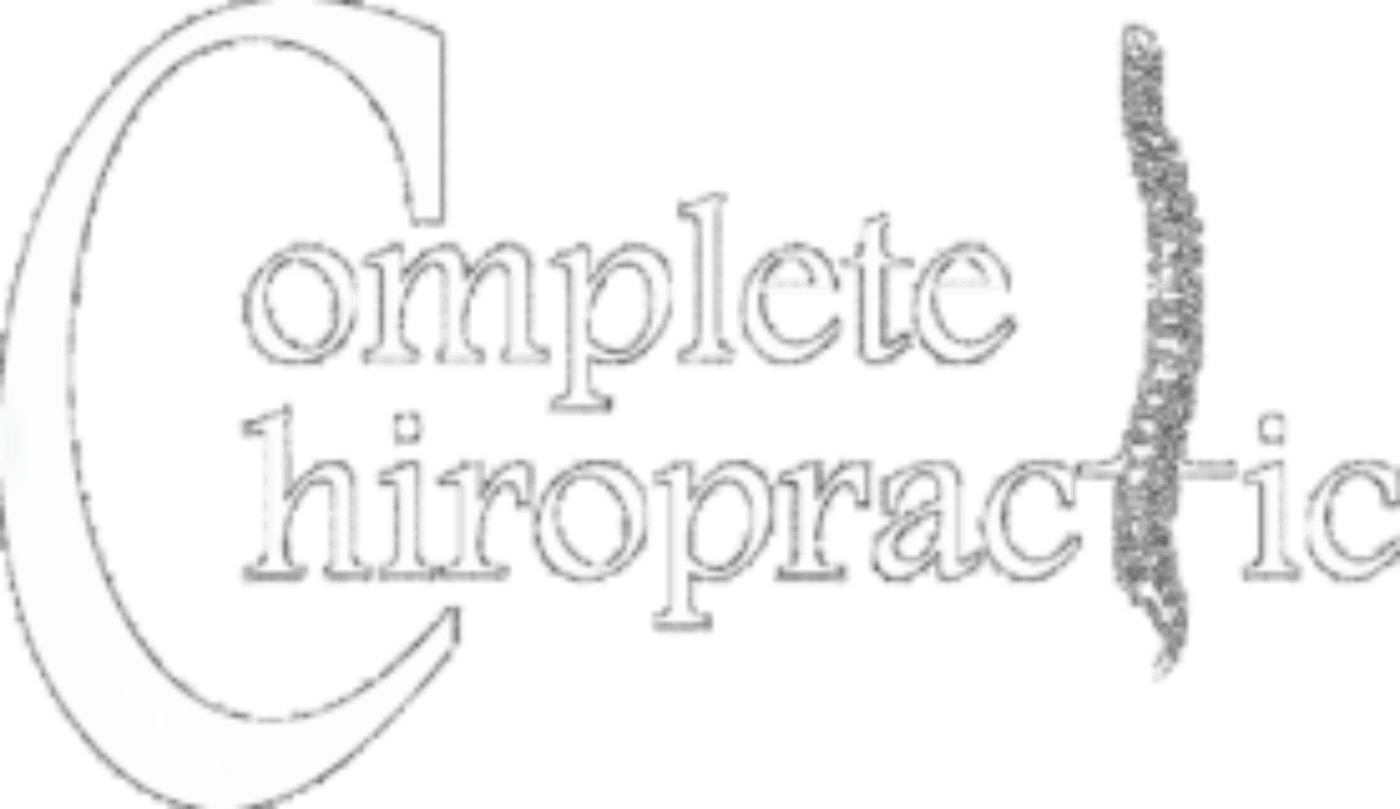Chiropractic with home exercises was shown to give better pain relief then supervised rehab exercises with home exercises and home exercises.
Chiropractic with home exercise was cheaper than even just home exercises when you figured direct and indirect costs by 5%, Chiropractic with home exercise was 47% cheaper then supervised rehab exercises with home exercises and home exercises.
Cost-effectiveness of spinal manipulative therapy, supervised exercise, and home exercise for older adults with chronic neck pain.
Spine J. 2016 Jun 23. pii: S1529-9430(16)30272-8. doi: 10.1016/j.spinee.2016.06.014. [Epub ahead of print]
“Abstract
BACKGROUND CONTEXT:
Chronic neck pain is a prevalent and disabling condition among older adults. Despite the large burden of neck pain, little is known regarding the cost-effectiveness of commonly used treatments.
PURPOSE:
To estimate the cost-effectiveness of home exercise and advice (HEA), spinal manipulative therapy (SMT) plus HEA, and supervised rehabilitative exercise (SRE) plus HEA.
STUDY DESIGN/SETTING:
Cost-effectiveness analysis conducted alongside a randomized clinical trial (RCT).
PATIENT SAMPLE:
241 older adults (≥ 65 years) with chronic mechanical neck pain.
OUTCOME MEASURES:
Direct and indirect costs, neck pain, neck disability, SF-6D-derived quality-adjusted life years (QALYs), and incremental cost-effectiveness ratios over a one-year time horizon.
METHODS:
This work was supported by grants from the National Center for Complementary and Integrative Health (#F32AT007507), National Institute of Arthritis and Musculoskeletal and Skin Diseases (#P60AR062799), and Health Resources and Services Administration (#R18HP01425). The RCT is registered at ClinicalTrials.gov (#NCT00269308). The primary analysis adopted a societal perspective, a healthcare perspective was adopted as a sensitivity analysis. Cost-effectiveness was a secondary aim of the RCT which was not powered for differences in costs or QALYs. Differences in costs and clinical outcomes were estimated using generalized estimating equations and linear mixed models, respectively. Cost-effectiveness acceptability curves were calculated to assess the uncertainty surrounding cost-effectiveness estimates.
RESULTS:
Total costs for SMT+HEA were 5% lower than HEA (mean difference: -$111; 95%CI -$1,354 to $899) and 47% lower than SRE+HEA (mean difference: -$1,932; 95%CI -$2,796 to -$1,097). SMT+HEA also resulted in a greater reduction of neck pain over the year relative to HEA (0.57; 95%CI 0.23 to 0.92) and SRE+HEA (0.41; 95%CI 0.05 to 0.76). Differences in disability and QALYs favored SMT+HEA. The probability that adding SMT to HEA is cost-effective at willingness to pay thresholds of $50,000 to $200,000 per QALY gained ranges from 0.75 to 0.81. If adopting a healthcare perspective, costs for SMT+HEA were 66% higher than HEA (mean difference: $515; 95%CI $225 to $1,094), resulting in an ICER of $55,975 per QALY gained.
CONCLUSIONS:
On average, SMT+HEA resulted in better clinical outcomes and lower total societal costs relative to SRE+HEA and HEA alone, with a 0.75 to 0.81 probability of cost-effectiveness for willingness to pay thresholds of $50,000 to $200,000 per QALY.”
